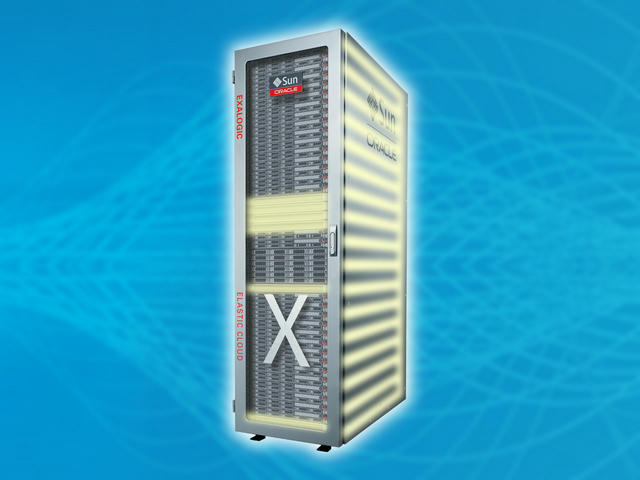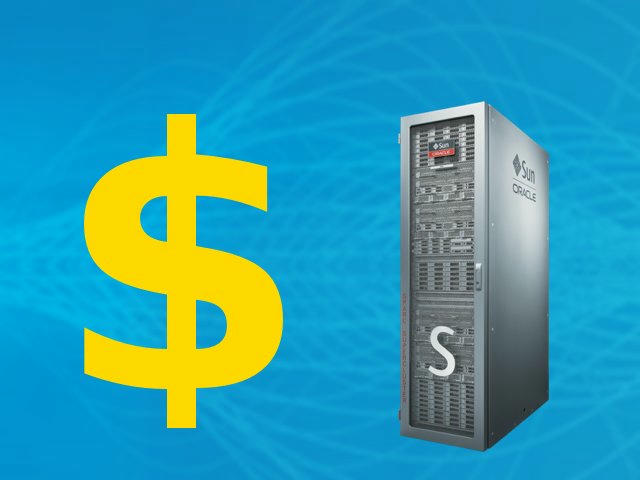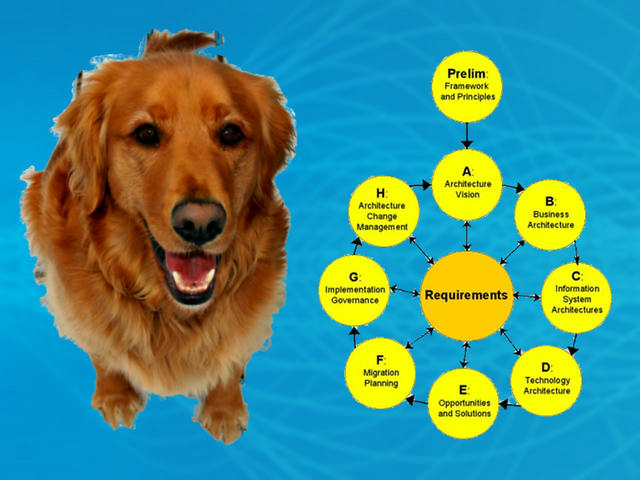
Get Ready to Change Your Job
The universe is change; our life is what our thoughts make it. (Marcus Aurelius)
If you have a job in IT (and who among my readers hasn’t?), then it is going to fundamentally change soon.
Why?
In my own job, I see the full spectrum from where IT innovation is created to the very last laggards who are still depending a lot on mainframes and other ancient technology. Some things in IT are new (like, every week there’s a new startup/technology/trend that is shaking up the industry), and some things are just repetitions of stuff that has happened before, albeit in slightly different colors.
So now, the world of IT as we know it is changing (again) and this time, change will impact organizations, roles and jobs.
Let’s dive a little bit into what’s happening. Don’t worry, change is good, but only if you prepare for it.



